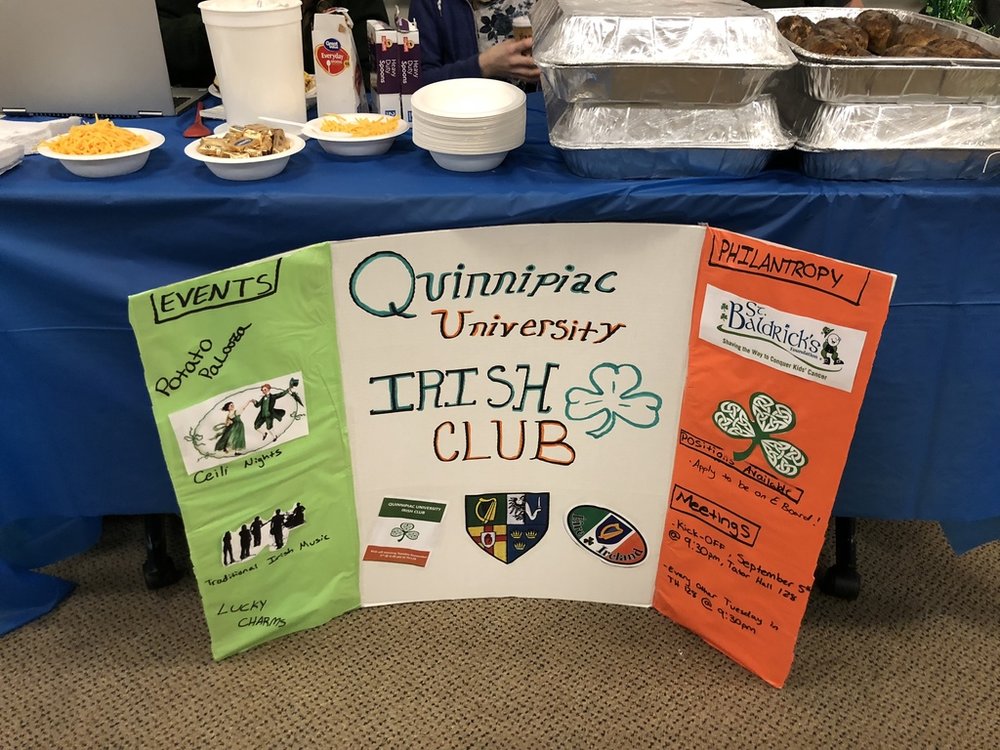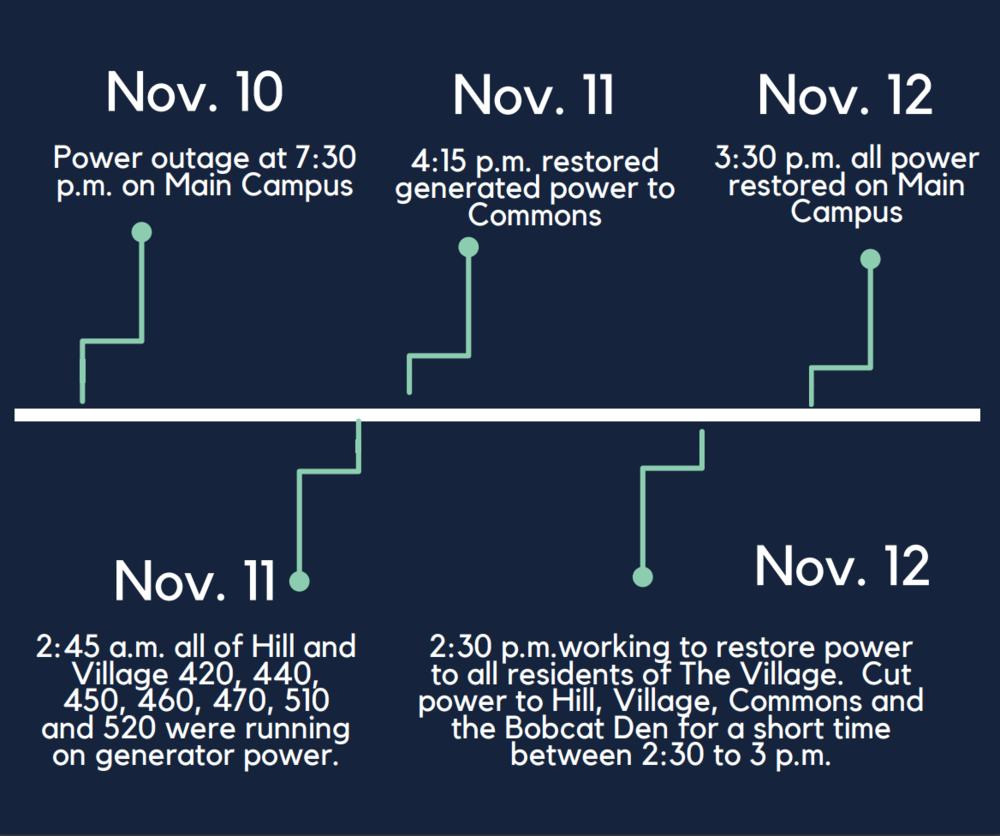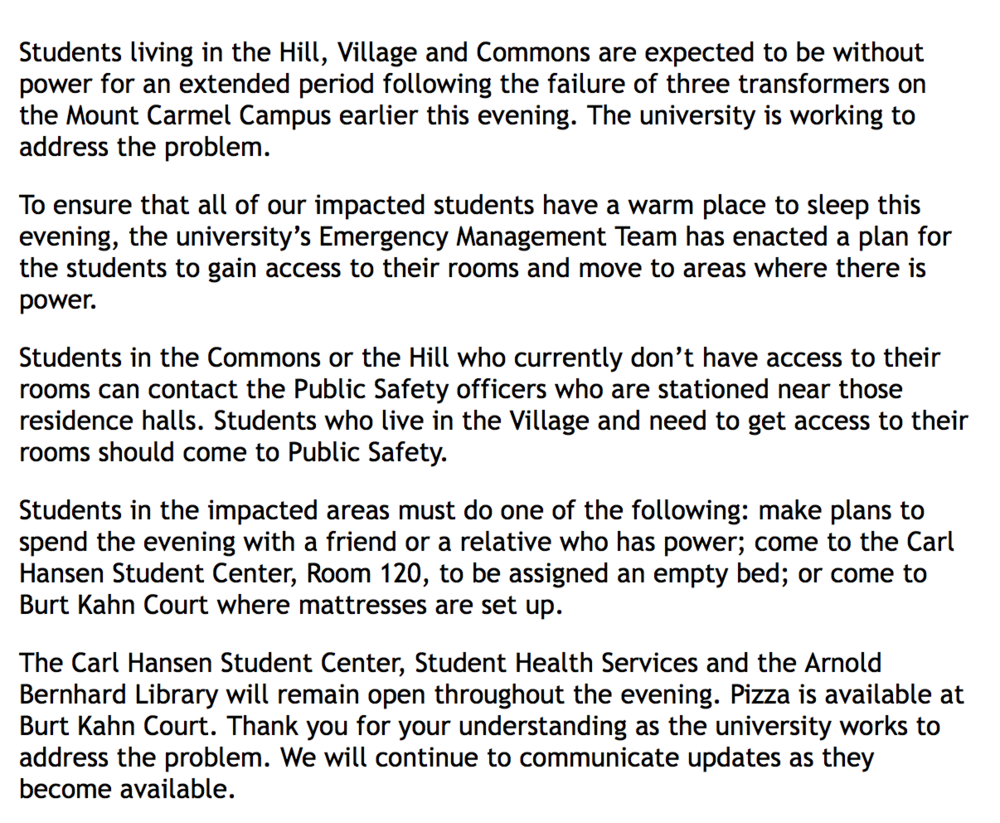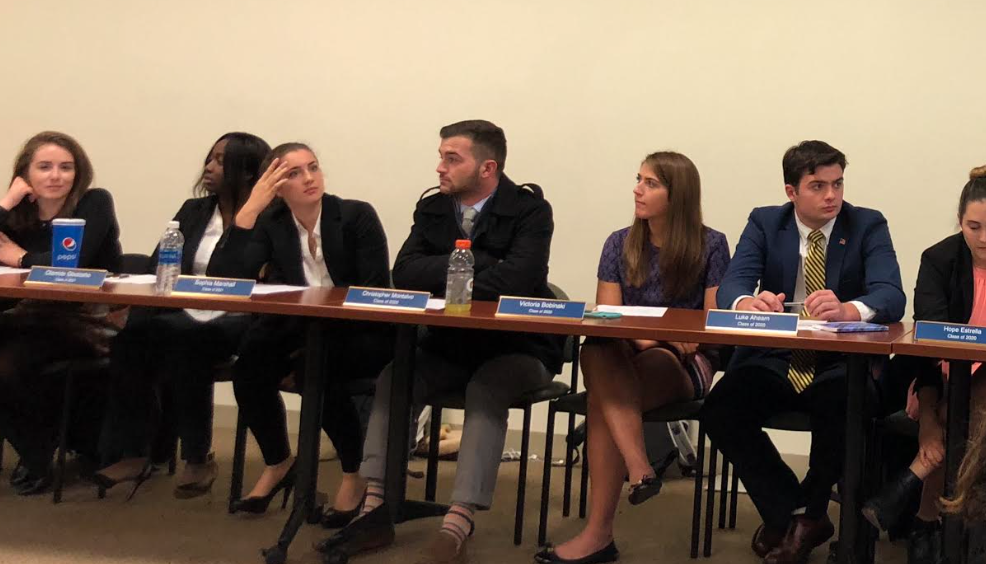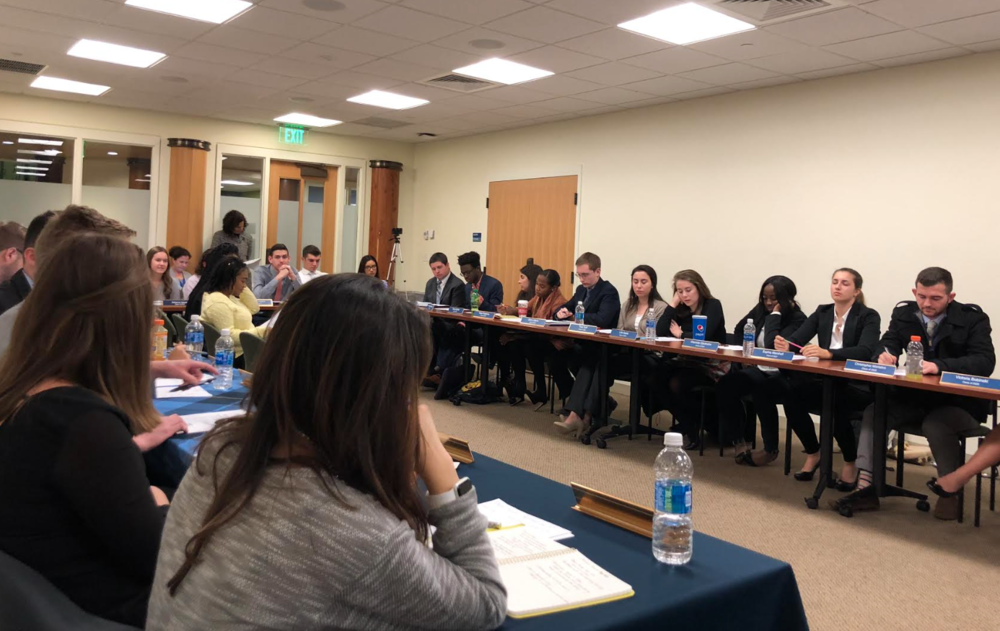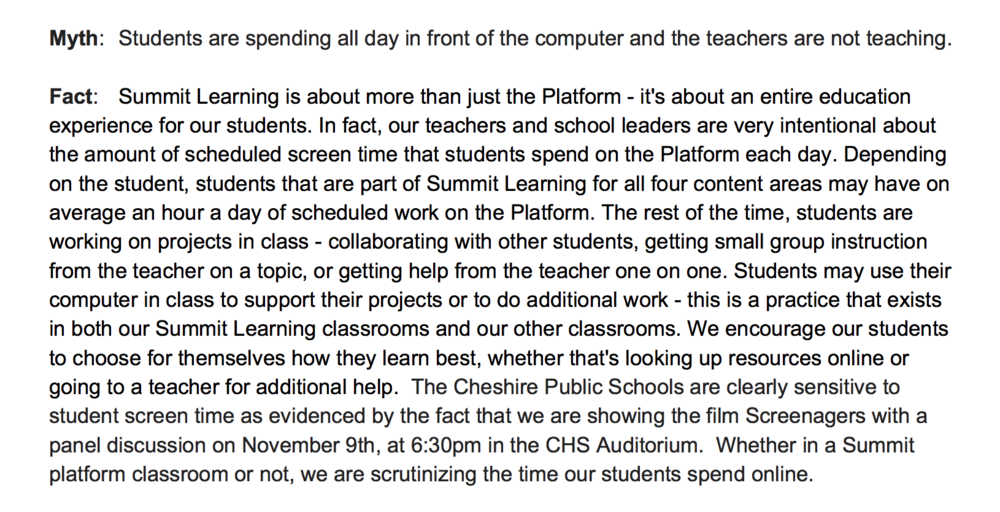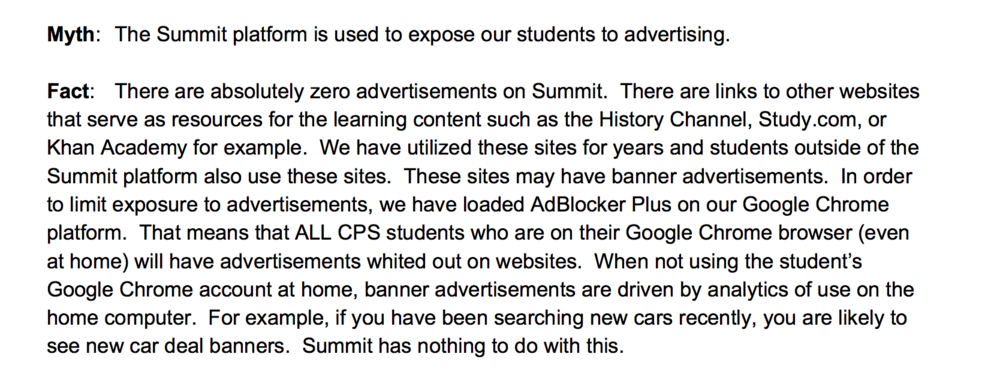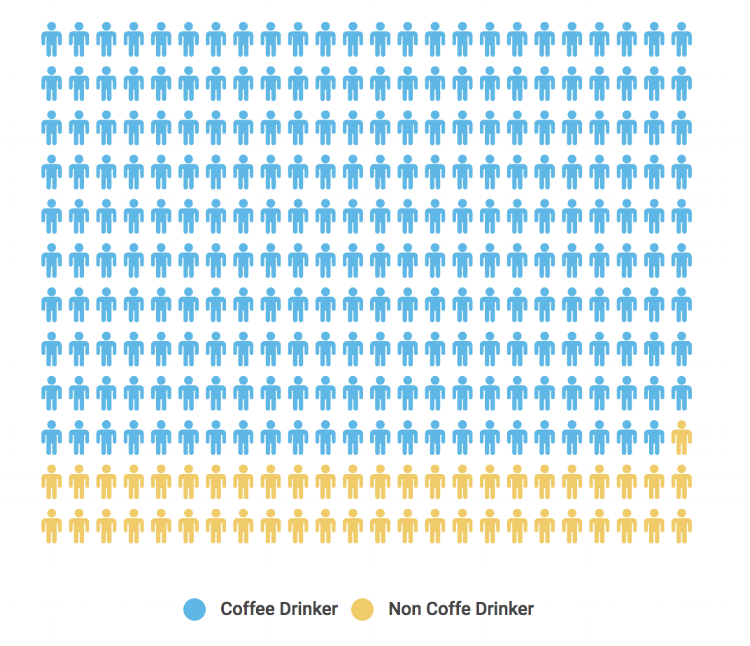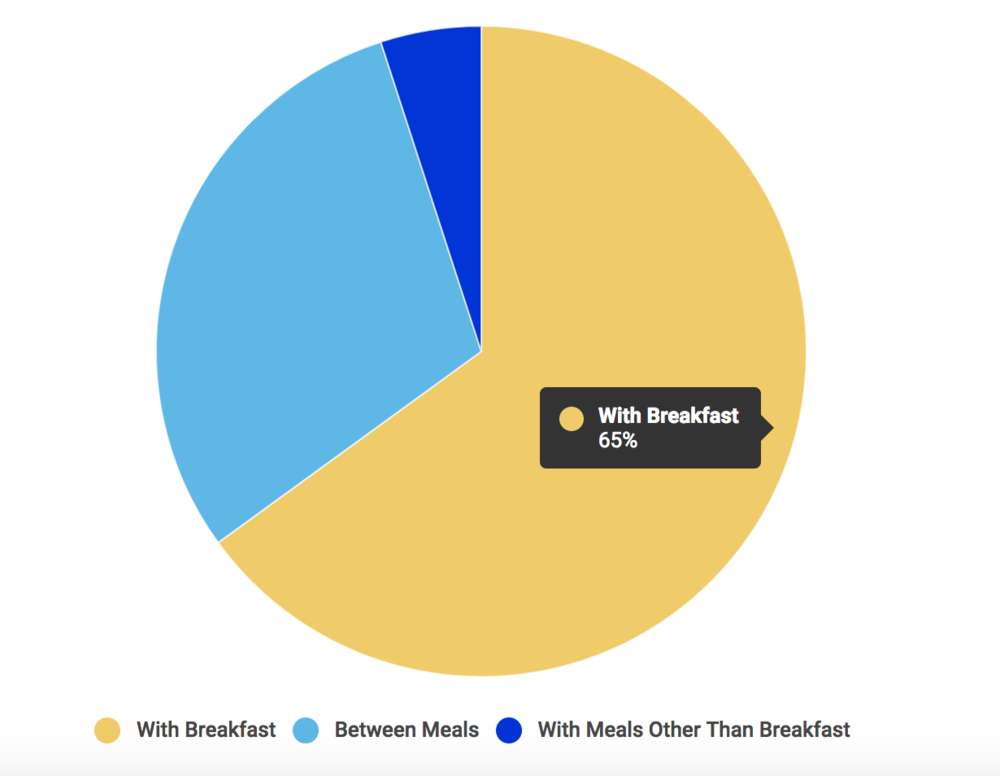By Ariana Spinogatti
As technology advances, will humanity dwindle? We are wired in, fixated on our small screens and entirely connected, but how can we measure the influence new products have on our mental health and ability to function in real time?
Millennials are the generation most adapted to new technologies. They do not question why we use certain devices and how they function. Millennials are a group made up of people born from 1980 to 2000. According to Time Magazine, there are about 80 million millennials, one of the biggest groupings in American history.
The late CBS reports Morley Safer called millennials the “me” generation.
“Every gadget imaginable almost becomes an extension of their bodies,” said Safer. “They multitask, talk, walk, listen, type, and text. And their priorities are simple, they come first.”
Millennials maintain a variety of social media accounts that can reach thousands to millions of followers. The Pew Research Center conducted a 2016 survey among 1,520 adults aged 18 or older in the United States to get a “social media update.”
One of its findings was that 56 percent of online adults use more than one of the top five social media platforms. These platforms included Facebook as the leading organization, followed by Instagram, Twitter, LinkedIn and Pinterest.
Pew Research Center found that 72 percent of smartphone owners chose messaging as their primary way to connect with others online. As the minutes spent on the phone decline, so do our face-to-face interactions.
The constant text tones and notification pop-ups cause distractions and many people wonder what that’s doing to society.
These statements can be seen as complementary to the millennial generation – that they are up to date with the latest tech trends and are efficient in learning how to operate new devices. However, from interviews done both at Yale University in New Haven, Connecticut, and Quinnipiac University in Hamden, Connecticut, it was clear that some students felt differently.
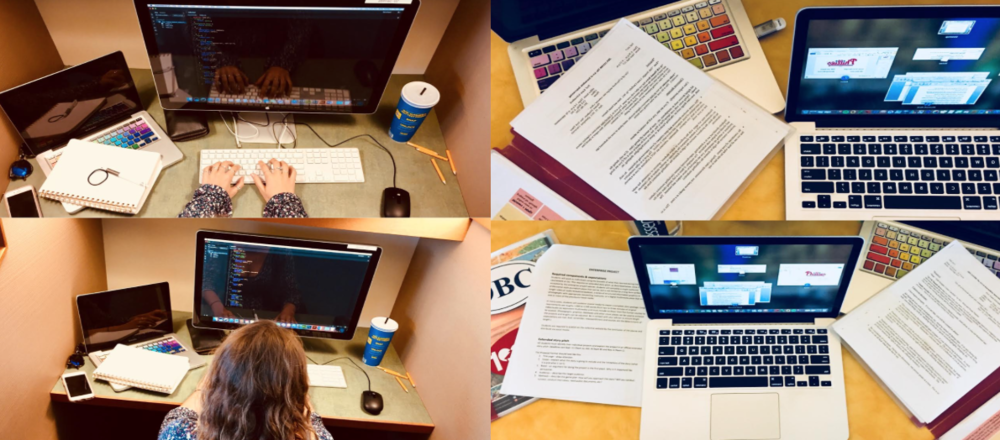
Quinnipiac senior Gea Mitas is someone with a large pool of people who followed her online and whom she followed back. On Instagram, a popular photo sharing app, Mitas has 960 followers. On Facebook, one of the largest social networking programs, she has 1,255 friends online. It is clear that she cared about her social media presence and kept up to date with the latest digital trends.
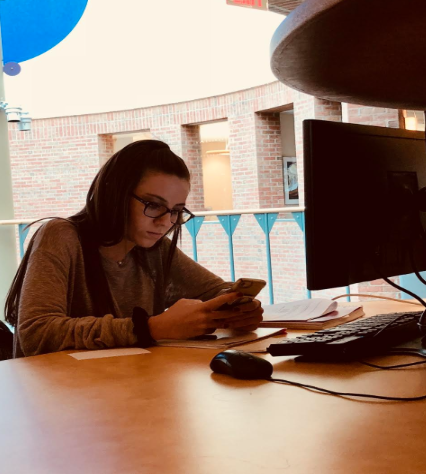
“It bothers me that the majority of the time, social media is used to show others how great of a person they are. It is showing your best self to the public,” said Mitas. “I am a victim myself, but I think most people get worried about how others think of them 90 percent of the time. I constantly think about the likes and comments I receive on my photos. It is also a lot of pressure knowing how little or how much to post. You never know how people are going to receive what you’re putting out and how they will react.”
Anxieties about competition, jealousy, and insecurity were common feelings among students at both universities. From speaking with them, it appeared that all the new technologies being developed often overwhelm individuals who are trying to keep up with the rapid changes. Millennials often use the term “anxiety” to describe feelings relating to stress and nervousness. According to the American College Health Association, anxiety affects 61 percent of college students. The American Psychological Association reports that 12 percent of millennials have a diagnosed anxiety disorder, twice the percentage of the Baby Boomer generation, which make up nearly 20 percent of the American population.
As we have seen our society evolve, there is a switch in how individuals are more open about expressing their concerns and grievances. The world around us is becoming more complex, and one reaction to that complexity is having individuals pay closer attention to their mental health.
Yale student Alexandra Sabia says that she feels she’s a victim of spending too much time on social media, but is stuck in the habit of sharing and paying attention to others’ posts.
“You don’t even need to know about the half the things you see online,” she says. “You will wake up in the morning all happy, then the second you hold your smartphone to look at social media, even seeing people’s posts that you don’t really talk to anymore, you’re still invested in their lives. You feel so affected by everyone’s life around you; it does stir up emotions.”
In addition to how millennials feel when using social media, questions come up regarding how responsible parents are for monitoring and ensuring their children are using new technologies correctly.

A mother of three from Westchester, New York, Semmi Naqvi, says she has seen patterns of competition and jealousy in her children.
“I think it provides a disadvantage making it harder for students to live in the moment and enjoy the college experience without always seeing what going on in the lives of family and friends back home that you are not apart of,” said Naqvi. “It can be draining for them. I just think in general it makes people feel left out.”
To gather more information, we surveyed 100 students from the millennial generation about how social media affects their mental health. It is clear there are individuals who feel that using social media has made them more anxious, insecure and competitive. This information shows that a large amount of people do agree with the interviewees responses and recognize a problem.
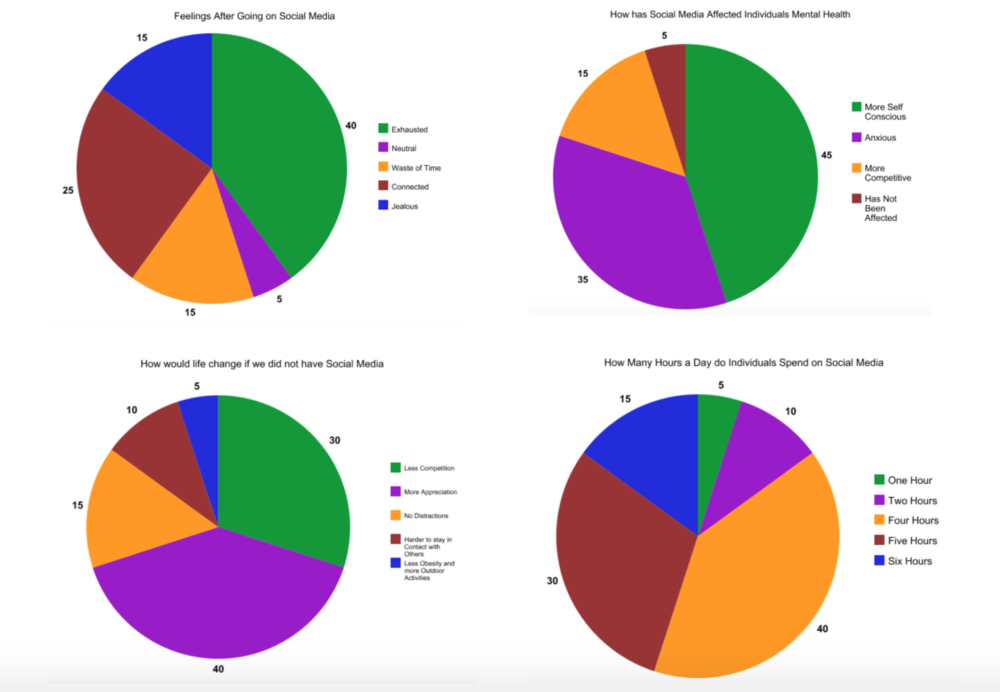
We surveyed students ranging from 18 to 23 who attend different universities throughout the United States. A lot of data we received was from Fairfield University, Dickinson University, Boston University and Bryn Mawr College. Our data was 65% from female respondents and 35% male. We sent out this survey digitally over Facebook and by email.
To dig deeper into this question experts in mental health from Kent State University, Jacob Barkley and Andrew Lepp, gave responses based off of their research surrounding college students’ use of technology. In the past three years they have developed a research paper titled, The Relationship between Cell Phone use, Academic Performance, Anxiety, and Satisfaction with Life in College Students. Lepp is an expert in technology and new media who has said that since he became a father he has taken even more interest in the topic. Barkley specializes in exercise physiology and behavioral medicine; His primary focus is to evaluate how different factors surrounding technology affect individuals’ motivation.
“People have reported to ironically feel less connected to their families and peers, when actually these phones are designed to keep us closer together,” said Lepp. “The students who used their phones less and in a more controlled fashion actually felt closer to others. These phones can come between us and our relationships.”
Both experts say the use of cellphones and time spent in front of the computer needs to be moderated. From the time when television and video games were newer trends, the term “couch potato,” has been recognized as a problem and concern for our society.
“A solution to this obsession is monitoring cell phone usage. The notion of a couch potato was well understood that if you sat and watched television it was bad for you, similar to video games,” said Barkley. “I would want students to limit their time on their phone like sitting on the couch.”
Technologies certainly offer us a range of opportunities to enhance our physical and mental abilities. From all of these respondents we can see that anxiety is at an all time high and individuals spend a large percentage of their day entranced by their digital screens. New technology is surely not slowing down, but how much time we spend on our devices is in our control.

